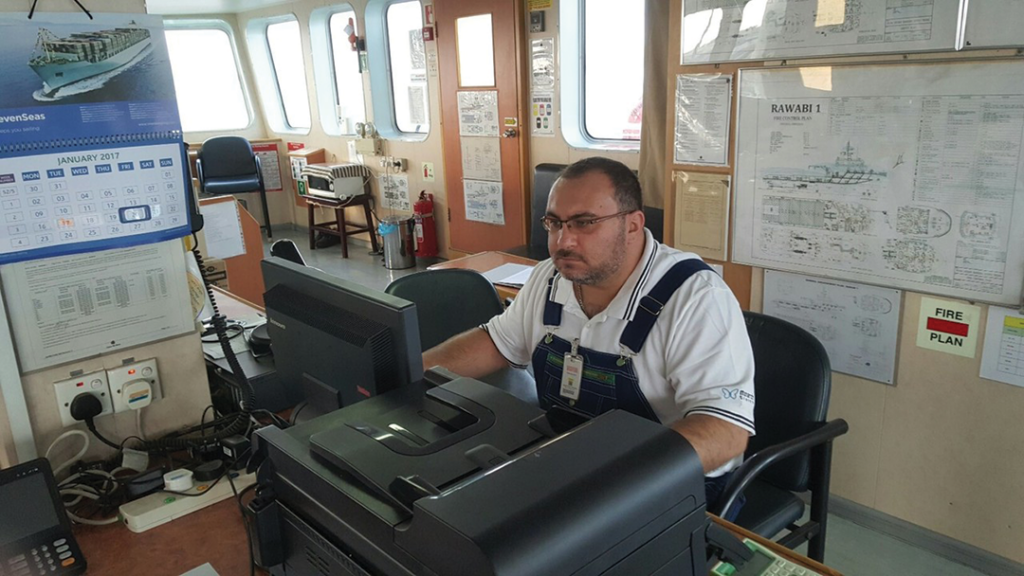
The implementation of new marine safety systems is expected to surge through the end of the decade, according to ResearchandMarkets.com.
Several factors account for the expected growth such as the influence of international maritime regulations, incidents of maritime accidents, and a heightened focus on environmental protection within the maritime industry that impact how companies operate their vessels, said the Dublin, Ireland-based industry research group in a recently published Maritime Safety System Global Market Report 2024.
The main types of maritime safety systems being upgraded and implemented, it said, include the Automatic Identification and Global Maritime Distress Safety Systems; the Long Range Tracking and Identification System; and the Vessel Monitoring and Management and Automated Mutual Assistance Vessel Rescue Systems.
Maritime safety systems, the report stated, “are employed for various purposes, including loss prevention and detection; security management; counter-piracy measures; monitoring and updating navigational aids; and pollution prevention and response management.”
These systems find applications in diverse maritime-related sectors such as marine construction, crew safety, vessel design and operation, and ship handling, the report said.
Key trends expected through the end of the decade include the digitalization of maritime operations; the integration of artificial intelligence; the adoption of remote monitoring and telematics; the use of digital twins for vessel safety; satellite-based communication solutions; and the automation of emergency response measures.
“These trends reflect the industry’s commitment to leveraging advanced technologies for enhanced safety, efficiency, and security in maritime activities,” the report concluded.

